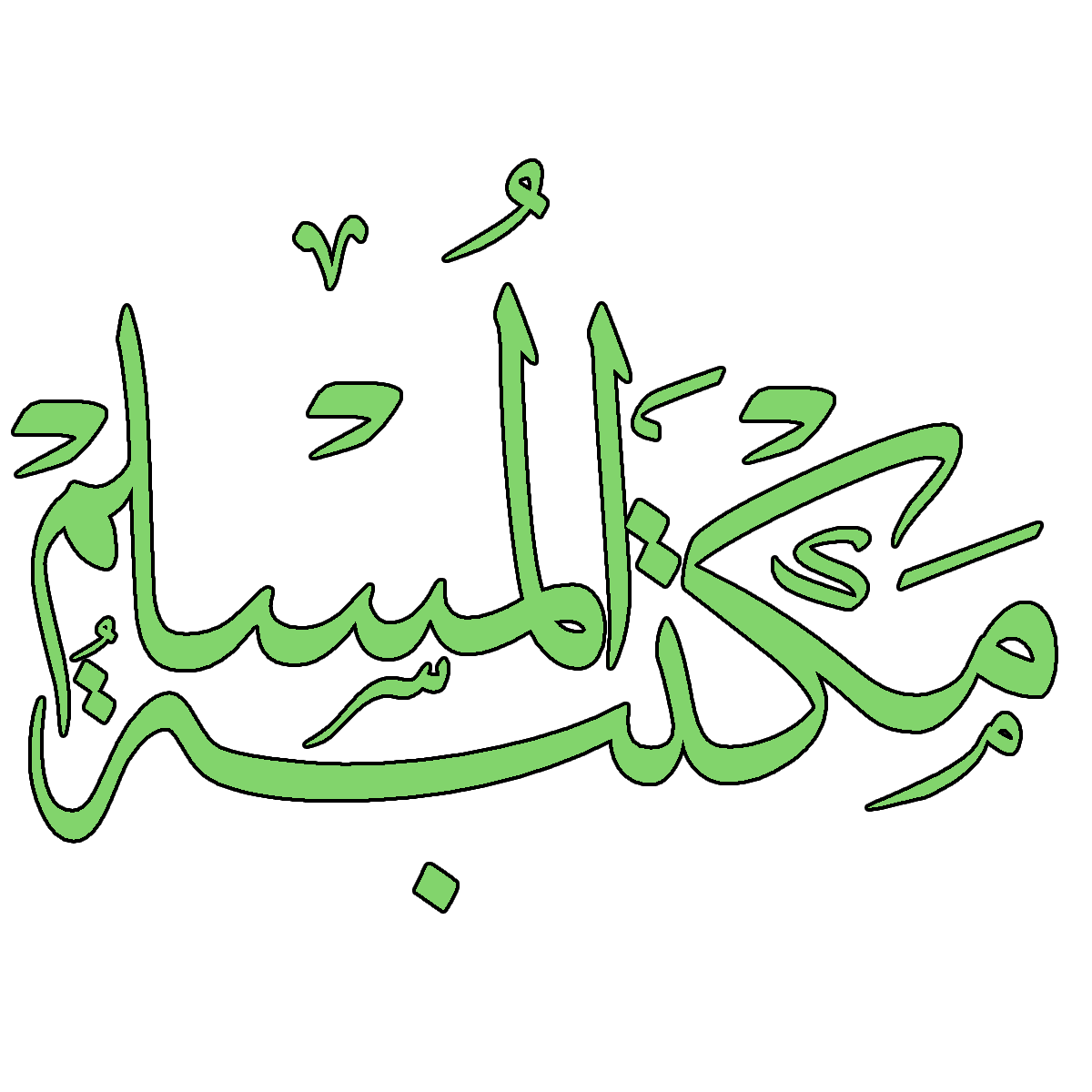📘 قراءة كتاب Islam in the Ancient World أونلاين


Islam in the Ancient World
من كتب إسلامية
Many of the ancient places, people and events that populate Biblical history are also a part of the Islamic tradition. Islam in the Ancient World explores some of Islam’s significant history and sites, bringing a new perspective to Biblical history and traditions.
Discover how the construction of the glimmering Dome of the Rock and the impressive Al-Aqsa Mosque sought both to draw on earlier religious traditions and to outshine the pre-existing monuments of Jerusalem in “Islam on the Temple Mount” by Moshe Sharon.
J. Harold Ellens describes the important cultural exchange that came about from a remarkable book in “The Fihrist: How An Arab Bookseller Saved Civilization.”
In “Abraham’s Sons: How the Bible and Qur’an See the Same Story Differently,” John Kaltner explores storytelling similarities and divergences, revealing what is distinctive about the Qur’an and Islam while shedding unexpected light on the Biblical text
Julie Skurdenis describes some of Saudi Arabia’s most important ancient archaeological sites like Domat Al-Jandal and Qasr Marid in “Desert Fortresses: Al-Jouf, Saudi Arabia.”
The Islamic Golden Age is traditionally dated from the mid-7th century to the mid-13th century at which Muslim rulers established one of the largest empires in history.
During this period, artists, engineers, scholars, poets, philosophers, geographers and traders in the Islamic world contributed to agriculture, the arts, economics, industry, law, literature,navigation, philosophy, sciences, sociology, and technology, both by preserving earlier traditions and by adding inventions and innovations of their own. Also at that time the Muslim world became a major intellectual centre for science, philosophy, medicine and education. In Baghdad they established the “House of Wisdom“, where scholars, both Muslim and non-Muslim, sought to gather and translate the world’s knowledge into Arabic in the Translation Movement. Many classic works of antiquity that would otherwise have been forgotten were translated into Arabic and later in turn translated into Turkish, Sindhi, Persian, Hebrew and Latin. Knowledge was synthesized from works originating in ancientMesopotamia, Ancient Rome, China, India, Persia, Ancient Egypt, North Africa, Ancient Greece and Byzantine civilizations. Rival Muslim dynasties such as the Fatimids of Egypt and the Umayyads of al-Andalus were also major intellectual centres with cities such as Cairo and Córdoba rivaling Baghdad. The Islamic empire was the first “truly universal civilization,” which brought together for the first time “peoples as diverse as the Chinese, the Indians, the people of the Middle East and North Africa, black Africans, and white Europeans.”A major innovation of this period was paper – originally a secret tightly guarded by the Chinese. The art of papermaking was obtained from prisoners taken at the Battle of Talas (751), spreading to the Islamic cities of Samarkand and Baghdad. The Arabs improved upon the Chinese techniques of using mulberry bark by using starch to account for the Muslim preference for pens vs. the Chinese for brushes. By AD 900 there were hundreds of shops employing scribes and binders for books in Baghdad and public libraries began to become established. From here paper-making spread west to Morocco and then to Spain and from there to Europe in the 13th century
Islam in the Ancient World
islamic civilization achievements
islamic civilization history
information about islamic civilization
islamic civilization definition
islamic civilization pdf
ancient islamic civilization
islamic civilization time and place
islamic golden age
islamic civilization achievements
islamic civilization definition
islamic civilization pdf
islamic civilization
islamic civilization definition
islamic civilization pdf
the contribution of the islamic civilization to the modern world
islamic civilization english
the rise of islamic civilization
islamic civilization flourished
conclusion of islamic civilization
abraham ancient archaeological sites Ancient Israel archaeological archaeological sites Archaeology Archaeology Discoveries Bible bible and archaeology bible history bible history daily Biblical biblical arch Biblical Archaeology Biblical Archaeology Discoveries biblical history dead sea dead sea scroll Dead Sea Scrolls Islam in the Ancient World jerusalem sea scroll sea scrolls Temple Mount the bible and the bible and archaeology the fihrist the temple mount
سنة النشر : 2014م / 1435هـ .
حجم الكتاب عند التحميل : 1.2 ميجا بايت .
نوع الكتاب : pdf.
عداد القراءة:
اذا اعجبك الكتاب فضلاً اضغط على أعجبني و يمكنك تحميله من هنا:

شكرًا لمساهمتكم
شكراً لمساهمتكم معنا في الإرتقاء بمستوى المكتبة ، يمكنكم االتبليغ عن اخطاء او سوء اختيار للكتب وتصنيفها ومحتواها ، أو كتاب يُمنع نشره ، او محمي بحقوق طبع ونشر ، فضلاً قم بالتبليغ عن الكتاب المُخالف:
 قبل تحميل الكتاب ..
قبل تحميل الكتاب ..
يجب ان يتوفر لديكم برنامج تشغيل وقراءة ملفات pdf
يمكن تحميلة من هنا 'http://get.adobe.com/reader/'

 منصّة المكتبة
منصّة المكتبة 